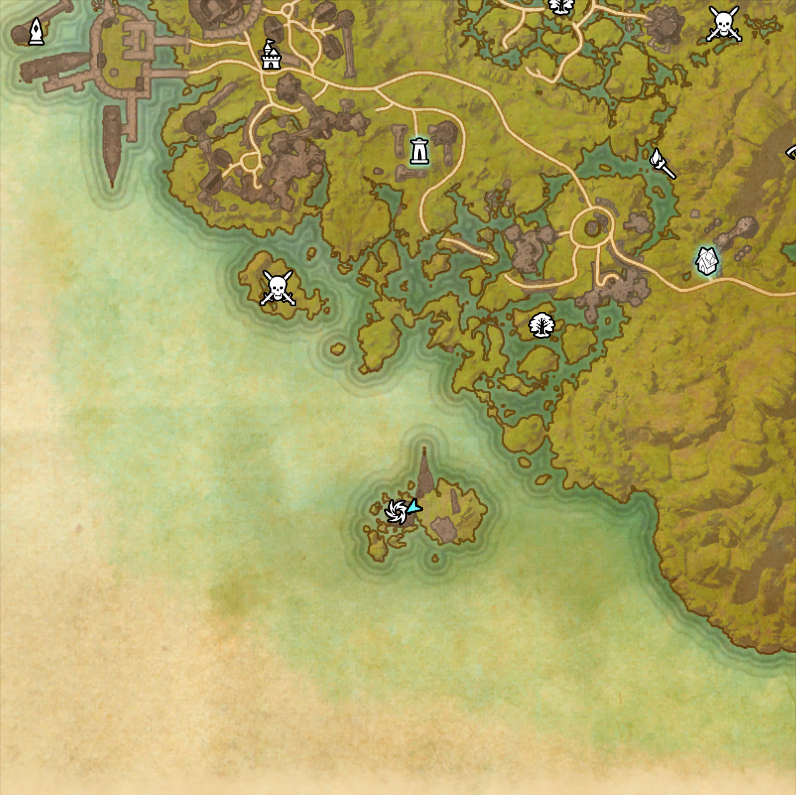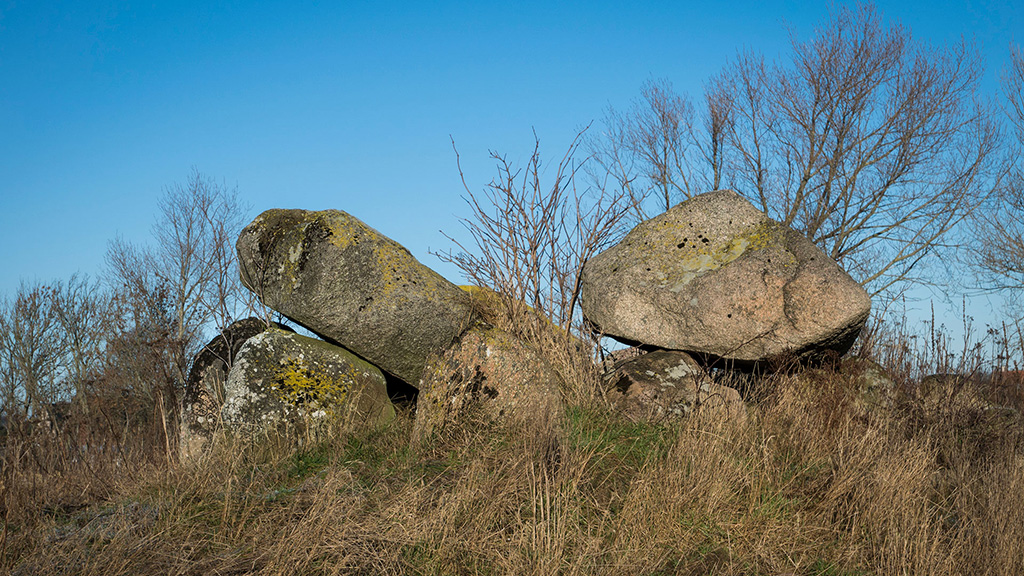

The same can be said of Cornish ‘quoits’ which, according to Kytmannow, ‘obviously owe a lot to portal tombs lack portals’.Ĭarreg Samson’s supporting orthostats have no post-holes or packing stones: in a feat of Neolithic engineering, the uprights are held in place by the weight of the covering capstone. Meanwhile, Elizabeth Shee Twohig, in Irish Megalithic Tombs (2004), says that ‘in the south many sites classified as portal tombs seem never to have had a portal feature’. Tatjana Kytmannow, in Portal Tombs in the Landscape (2008), argued that the typological boundaries were fluid and that ‘it is rather easy to turn a simple dolmen of the Carrowmore variety into a portal tomb and vice versa’. Not everyone has been convinced by these approaches, however. A separate strand of analysis, prevalent in the 1930s, concerned the shape and form of any covering mound – long or round – and the implications for cultural diffusion and chronology. The perceived similarities and differences between the different tomb types has been used to suggest cultural connections between the various Neolithic peoples of Britain, Ireland, Scandinavia, France, Portugal, and Spain to suggest trade and migration patterns and routes and to construct chronologies of monument-building and ‘Neolithisation’ (the adoption of Neolithic lifestyles). This bewildering array of analytical terms has gone well beyond typology, and has also been harnessed to the task of tracing cultural influences. What was the purpose of dolmen monuments like these, and were they always denuded stone frames, or had they originally been covered by mounds of earth? IMAGE: V Cummings and C Richards Gwern Einion’s steeply sloping capstone stands against a dramatic sky in Gwynedd. This shift in terminology has had the effect of turning attention away from the monument’s form to consideration of its function, with the sole apparent purpose of the structure being to create a stone chamber to hold human remains.

Some of these are further subdivided into ‘simple’, ‘classic’, and ‘devolved’ forms, while some structures have defied categorisation altogether.

This view – that all dolmens are the relics of monuments designed for burial – has led archaeologists to invent a whole raft of new typological terms, including megalithic tomb, sub-megalithic tomb, demi-dolmen, chambered tomb, portal tomb, portal dolmen, Type 1 and Type 2 passage grave, and gallery grave. In ‘Megaliths, Memory and the Power of Stones’ (2010), moreover, Chris Scarre characterises Pentre Ifan as ‘the denuded chamber’ from a mound that would have been radically different in appearance from the present monument. Current visitors to the site, however, are met by an information board that states that ‘what we see before us today are the bare bones of a burial chamber that would originally have been covered with an earthen mound’ (phrasing that is echoed by the entry for the monument on Cadw’s website, ). She observed that ‘the structure is in reality given a slightly fantastic air by the very narrow points on which the capstone rests it appears improbable that so little can support so much’. When you look at a monument like Pentre Ifan in Pembrokeshire, what do you see? Back in 1951, writing in A Guide to the Prehistoric and Roman Monuments in England and Wales, Jacquetta Hawkes saw a massive wedge-shaped capstone almost ‘floating in the air’, held aloft by three slender orthostats. Is it time to reclaim the word? Chris Catling reports.

Archaeologists have sought to subdivide these monuments into more precise typological categories, but Vicki Cummings and Colin Richards, the authors of Monuments in the Making, politely suggest that they are wrong to do so. The word ‘dolmen’ – derived from the Breton taol maen (‘stone table’) – is regarded as a folk term for Neolithic monuments that consist of a massive capstone supported by three or more upright stones, or orthostats.


 0 kommentar(er)
0 kommentar(er)
